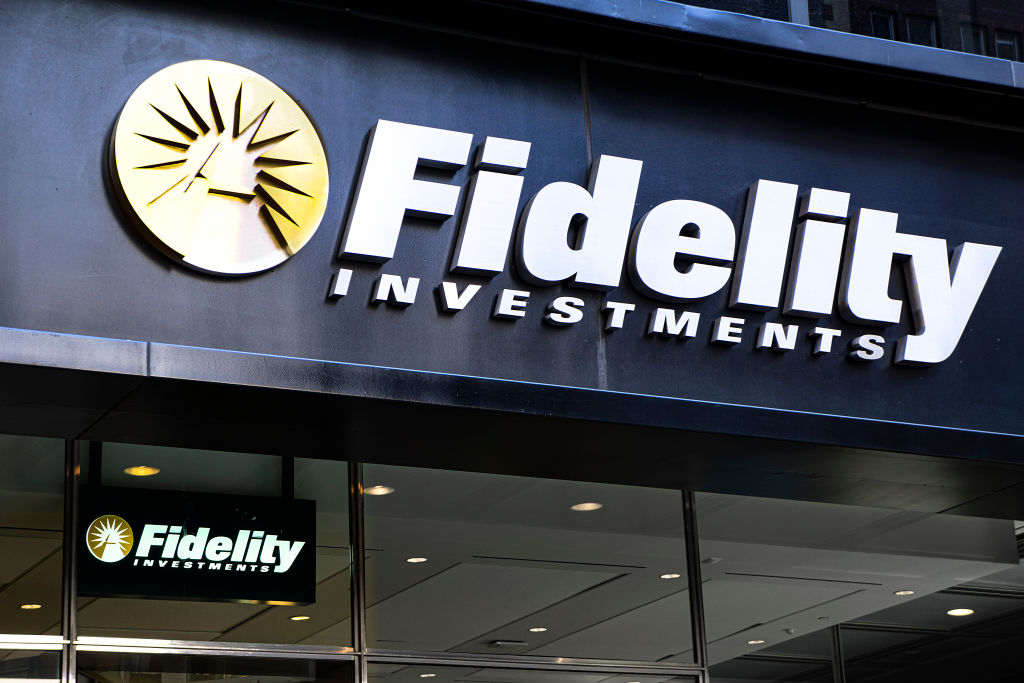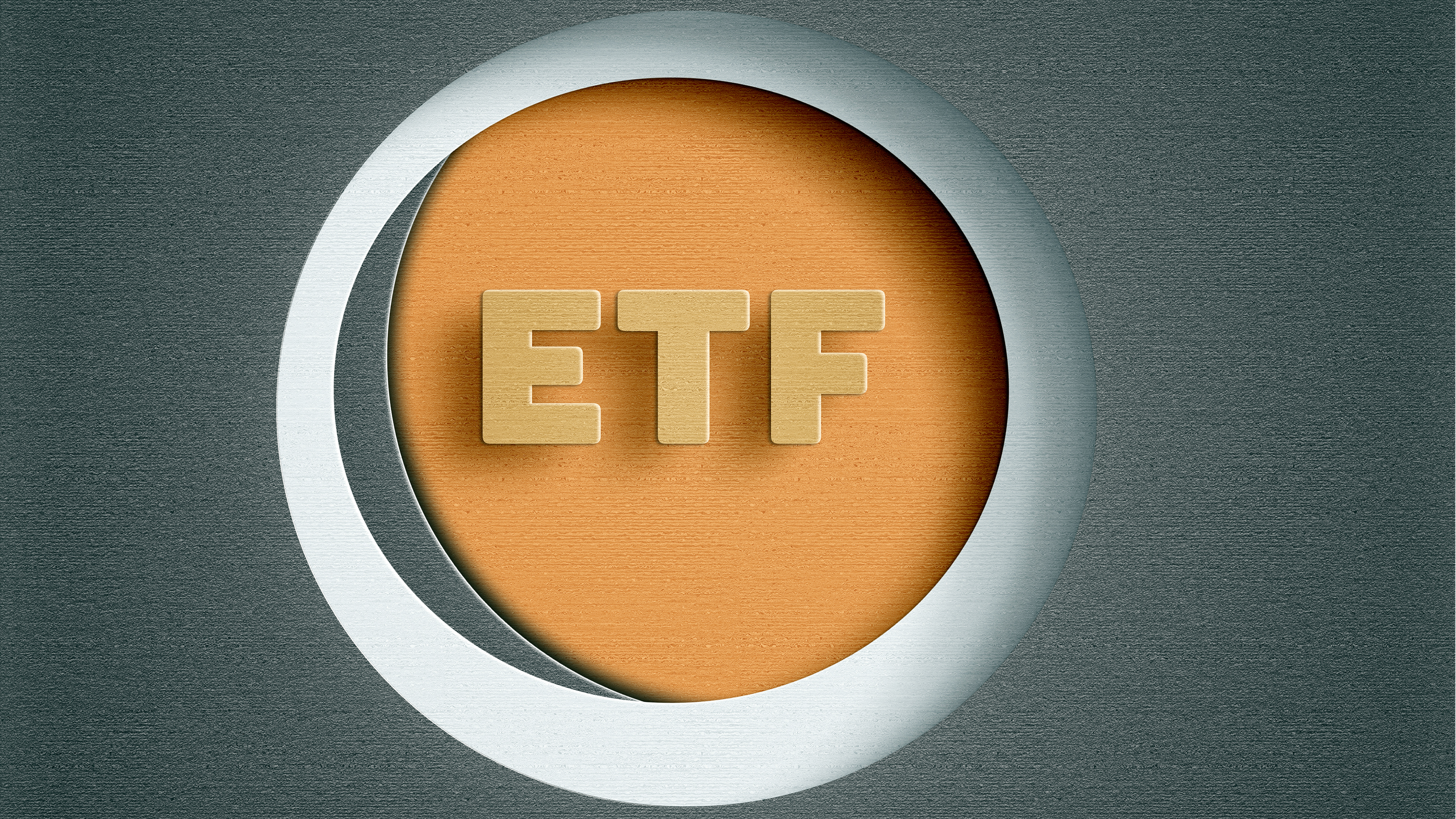The Cook & Bynum Fund's 10-Stock Portfolio
This large blend fund is off to a fine start. But its concentrated approach carries big risks.

The Cook & Bynum Fund (symbol COBYX) gives new meaning to the idea of concentration. Richard Cook and Dowe Bynum, managers of the two-and-a-half-year-old fund, typically hold no more than 15 stocks. As of September 30, they held only ten, accounting for 68% of the $61 million fund's assets (the rest was in cash).
Less is often better, says Cook. "If you own 50 stocks, I don’t think you can have adequate information and know what you own," he says. "It’s usually a better idea to put more money in your best idea than in your 20th-best idea."
The fund’s biggest holding, accounting for 17% of assets, was Wal-Mart Stores (WMT). Other holdings included Coca-Cola (KO; 12% of assets), Berkshire Hathaway (BRK.B; 11%) and Mexico’s Arca Continental, the second-biggest Coke bottler in Latin America (10%). Rounding out the portfolio were Procter & Gamble (PG), Microsoft (MSFT), Kraft (KFT), Sears Holdings (SHLD), Sears Canada (SCC; 94% owned by Sears Holdings) and Wal-Mart de Mexico (WMMVY; 68.5% owned by Wal-Mart Stores).
From just $107.88 $24.99 for Kiplinger Personal Finance
Become a smarter, better informed investor. Subscribe from just $107.88 $24.99, plus get up to 4 Special Issues

Sign up for Kiplinger’s Free Newsletters
Profit and prosper with the best of expert advice on investing, taxes, retirement, personal finance and more - straight to your e-mail.
Profit and prosper with the best of expert advice - straight to your e-mail.
The managers invest worldwide in companies of all sizes, buying only those businesses they understand and for which they believe they can predict earnings over the next ten years. They want businesses with strong management teams and advantages over competitors and that will likely generate big profits over the long haul.
But even if a company meets those criteria, Cook and Bynum won’t buy the stock unless it’s cheap -- ideally at a price 50% less than what they believe the company is worth. “So when we’re right, we’ll get an outsize return, and when we’re wrong, we minimize the odds for big losses,” says Cook. If he and his partner can’t find a compelling investment, they’re happy to hold on to cash until one comes along -- hence the 32% stake in the green stuff recently.
The fund is having, at least on a relative basis, a bang-up 2011. Year-to-date through November 28, it returned 6.1%, beating Standard & Poor’s 500-stock index by 9.5 percentage points and putting Cook & Bynum in the top 1% of large-company blend funds (those that invest in large companies with a blend of growth and value attributes). In 2010, the fund’s first full year, it gained 11.8%, lagging the S&P 500 by 3.3 points.
Although the fund doesn’t have a long-term record, managers Cook and Bynum do. Over the past ten years through October 31, 2011, a private account the duo have managed in the same way they manage the fund returned 8.7% annualized, according to an investor in the private account. That trounced the S&P 500 by an average of 6.4 points per year.
The managers’ long-term record is impressive, and their fund is off to a good start. But because the fund is so concentrated, it comes with big risks, as shareholders in other focused funds, such as CGM Focus (CGMFX) and Fairholme (FAIRX), have painfully discovered. One wrong bet can wreck the fund’s performance.
For more details on the Cook & Bynum fund, visit CookandBynum.com.
Profit and prosper with the best of Kiplinger's advice on investing, taxes, retirement, personal finance and much more. Delivered daily. Enter your email in the box and click Sign Me Up.

-
 Stocks Chop as the Unemployment Rate Jumps: Stock Market Today
Stocks Chop as the Unemployment Rate Jumps: Stock Market TodayNovember job growth was stronger than expected, but sharp losses in October and a rising unemployment rate are worrying market participants.
-
 Should You Renew Your CD?
Should You Renew Your CD?With rate cuts impacting earnings, we examine if now is a wise time to renew CDs.
-
 7 Ways to Plan Now to Save on Medicare IRMAA Surcharges Later
7 Ways to Plan Now to Save on Medicare IRMAA Surcharges LaterUnderstand the critical two-year lookback period and why aggressive planning before you enroll in Medicare is the most effective way to minimize IRMAA.
-
 The 5 Best Actively Managed Fidelity Funds to Buy and Hold
The 5 Best Actively Managed Fidelity Funds to Buy and Holdmutual funds Sometimes it's best to leave the driving to the pros – and these actively managed Fidelity funds do just that, at low costs to boot.
-
 The 12 Best Bear Market ETFs to Buy Now
The 12 Best Bear Market ETFs to Buy NowETFs Investors who are fearful about the more uncertainty in the new year can find plenty of protection among these bear market ETFs.
-
 Don't Give Up on the Eurozone
Don't Give Up on the Eurozonemutual funds As Europe’s economy (and stock markets) wobble, Janus Henderson European Focus Fund (HFETX) keeps its footing with a focus on large Europe-based multinationals.
-
 Vanguard Global ESG Select Stock Profits from ESG Leaders
Vanguard Global ESG Select Stock Profits from ESG Leadersmutual funds Vanguard Global ESG Select Stock (VEIGX) favors firms with high standards for their businesses.
-
 Kip ETF 20: What's In, What's Out and Why
Kip ETF 20: What's In, What's Out and WhyKip ETF 20 The broad market has taken a major hit so far in 2022, sparking some tactical changes to Kiplinger's lineup of the best low-cost ETFs.
-
 ETFs Are Now Mainstream. Here's Why They're So Appealing.
ETFs Are Now Mainstream. Here's Why They're So Appealing.Investing for Income ETFs offer investors broad diversification to their portfolios and at low costs to boot.
-
 Do You Have Gun Stocks in Your Funds?
Do You Have Gun Stocks in Your Funds?ESG Investors looking to make changes amid gun violence can easily divest from gun stocks ... though it's trickier if they own them through funds.
-
 How to Choose a Mutual Fund
How to Choose a Mutual Fundmutual funds Investors wanting to build a portfolio will have no shortage of mutual funds at their disposal. And that's one of the biggest problems in choosing just one or two.